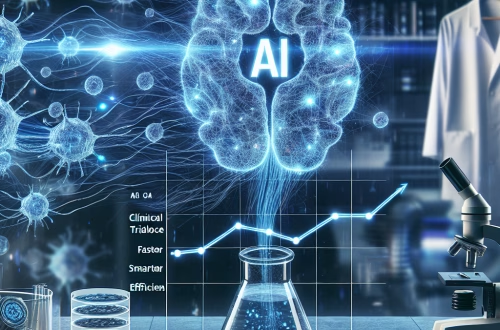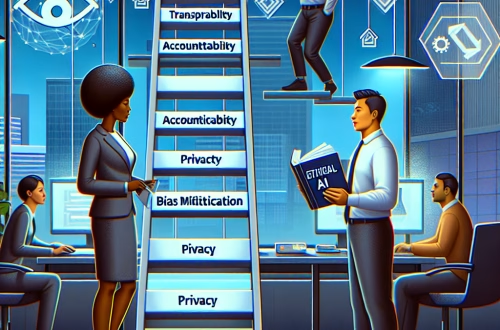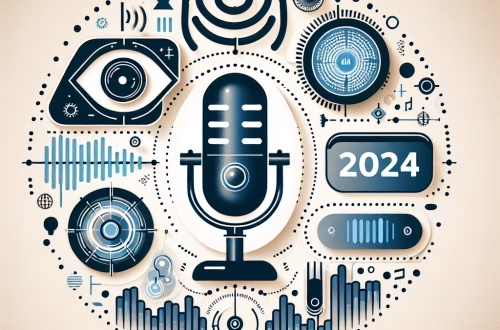Summary:
This article compares the ethical frameworks of Anthropic AI and Microsoft AI, two leading players shaping responsible AI development. Anthropic focuses on “Constitutional AI,” a self-governing model aligned with human values through explicit safety principles, while Microsoft employs “Responsible AI Standards” embedding compliance tools across its product ecosystem. The comparison matters because these approaches influence real-world AI safety, industry best practices, and regulatory discussions. Understanding their differences helps users and developers navigate trade-offs between transparency, scalability, and practical implementation in AI systems.
What This Means for You:
- Transparency in AI Decisions: Anthropic’s public constitution clarifies how models avoid harmful outputs, whereas Microsoft’s integrated tools (e.g., Azure’s fairness metrics) prioritize behind-the-scenes checks. For non-technical users, this means prioritizing platforms that explain their ethical safeguards versus those offering seamless but less interpretable integrations.
- Tool Selection Based on Ethical Needs: Developers building sensitive applications (e.g., healthcare) should lean toward Anthropic for granular ethical tuning, while enterprises needing broad scalability may prefer Microsoft’s prebuilt compliance tools. Verify alignment with your industry’s regulations before committing.
- Advocacy and Accountability Demand ethical documentation from vendors—whether startup-level startups like Anthropic or giants like Microsoft. Report opaque or inconsistent AI behavior to pressure improvements industry-wide.
- Future outlook or warning: Expect regulatory bodies to favor Anthropic-style auditable frameworks but face resistance due to Microsoft’s market dominance. Watch for “ethics-washing” where flashy principles mask superficial implementation, risking public trust in AI.
Comparing the Ethical Frameworks of Anthropic AI and Microsoft AI
Core Ethical Frameworks: Contrasting Philosophies
Anthropic AI’s “Constitutional AI” mandates models to adhere to written principles, such as avoiding discrimination and prioritizing helpfulness. Its Claude models reference these rules during training to self-critique outputs, creating a transparent feedback loop uncommon in proprietary systems. Microsoft opts for a “Responsibility by Design” approach, embedding ethics checks at development stages (e.g., fairness assessors in Azure ML) without exposing underlying reasoning. This creates a tension between Anthropic’s principled explicitness and Microsoft’s pragmatic scalability.
Strengths and Weaknesses in Practice
Anthropic’s Strengths:
- Transparency: Publicly available constitution permits third-party audits.
- Safety Focus: Proactive harm reduction via model self-supervision.
- Innovation Value: Appeals to developers needing ethical customization.
Anthropic’s Limitations: Limited enterprise productization versus Microsoft’s Azure stack and slower adoption due to rigorous training requirements.
Microsoft’s Strengths:
- Ecosystem Integration: Compliance tools natively integrated into Power BI, Azure, and Teams.
- Regulatory Leverage: Aligns with existing frameworks like NIST AI RMF and EU AI Act drafts.
- Scalability: Deployable across Fortune 500 systems with minimal friction.
Microsoft’s Weaknesses: Perceived opacity in how standards translate to model behavior; less adaptable to bespoke ethical needs.
Best Use Cases
Choose Anthropic for: Research-heavy projects, public-facing AI where explainability is critical (e.g., government services, education), or when strict ethical consistency outweighs deployment speed. Microsoft suits enterprises needing rapid, large-scale integration of compliant AI tools with minimal customization, particularly in finance or manufacturing with existing Microsoft infrastructure.
Limitations and Industry Impact
Both approaches struggle with global value alignment: Anthropic’s Western-centric constitution may clash with regional norms, while Microsoft’s standardization risks ethical dilution. Neither fully addresses emergent misalignment—where models develop harmful behaviors post-deployment unanticipated by training safeguards. Their rivalry highlights a broader industry schism: open ethical frameworks vs. closed compliance ecosystems.
Expert Commentary
AI ethicists note that while Anthropic pioneers model-level accountability, Microsoft’s governance-heavy approach may better withstand near-term regulations. However, reliance on Microsoft’s closed systems could centralize ethical authority dangerously among tech giants. Hybrid models combining Anthropic’s transparent training with Microsoft’s deployment safeguards represent an aspirational but unrealized standard.
People Also Ask About:
- How do Anthropic’s and Microsoft’s core AI ethics philosophies differ? Anthropic emphasizes bottom-up model alignment to predefined principles, while Microsoft imposes top-down governance layers. Anthropic’s process is intrinsic (ethics trained into the model), whereas Microsoft’s is extrinsic (checks applied during usage).
- Which approach better protects user privacy? Anthropic’s constitutional methods reduce data exploitation risks by minimizing harmful outputs, while Microsoft encrypts user data but retains broad access for model optimization. Privacy-first industries like healthcare might prefer Anthropic’s minimized interference.
- Can these ethics approaches adapt to changing regulations? Microsoft currently adjusts faster via Azure Policy updates, but Anthropic’s transparent rule sets could simplify compliance audits. Regulatory shifts toward explainability (e.g., EU AI Act) favor Anthropic’s methodology.
- Which is better for startups vs enterprises? Startups benefit from Anthropic’s clear ethical benchmarks without costly compliance teams. Enterprises leverage Microsoft’s pre-vetted tools meeting cross-jurisdictional laws.
- Do these models handle bias differently? Anthropic reduces bias via constitutional fairness mandates during RLHF training, whereas Microsoft uses post-hoc bias detection dashboards requiring manual intervention.
Expert Opinion:
The Anthropic-Microsoft divide reflects a critical inflection point for AI ethics. Anthropic’s model-centric methods set vital precedents for auditable safety but face commercialization hurdles. Microsoft’s infrastructure-level approach delivers immediate compliance but risks reducing ethics to a checkbox exercise. Over-reliance on either risks bifurcating standards: startups may champion transparency while corporations normalize opacity under “responsible” branding. Policymakers must prioritize requirements for real-time ethical documentation, regardless of vendor.
Extra Information:
- Anthropic’s AI Constitution – Direct source for its core principles and implementation mechanics.
- Microsoft Responsible AI Standards – Overview of governance tools, including impact assessments and fairness guides.
- Stanford AI Ethics Benchmark Study – Neutral analysis comparing Anthropic’s and Microsoft’s frameworks against academic criteria.
Related Key Terms:
- Constitutional AI governance principles
- Microsoft Responsible AI Standards compliance
- Ethical AI model alignment strategies
- Enterprise AI ethics implementation guide
- Anthropic vs Microsoft AI safety protocols
- AI ethics auditing frameworks comparison
- Responsible machine learning development tools
Check out our AI Model Comparison Tool here: AI Model Comparison Tool
#Balanced #Analytical
*Featured image provided by Pixabay





